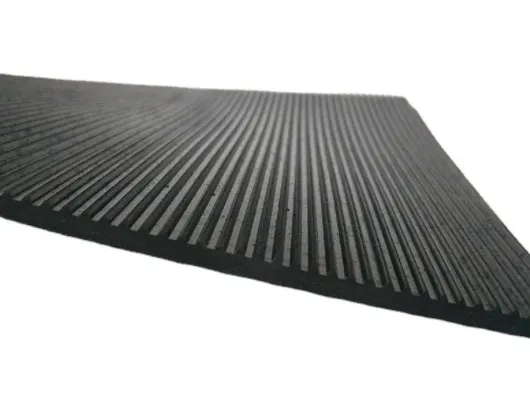Telephone: +8618730949119
E-mail: 1299343081@qq.com
Feb . 11, 2025 08:50
Back to list
weather stripping for large gaps
Weather stripping for large gaps is a crucial component in maintaining energy efficiency, comfort, and protection in both residential and commercial settings. With varying weather conditions, the demand for robust sealing solutions has grown significantly. Understanding the specific needs and correctly applying weather stripping can save homeowners and businesses from unnecessary energy expenses and structural damages.
When considering weather stripping tapes, especially for windows with larger gaps, foam tapes with adhesive backing are popular. They offer straightforward installation and provide a cushioned seal. However, for significant gaps, ensuring that the foam tape is of high density is critical. Closed-cell foam is typically recommended due to its ability to resist moisture and compress under pressure, maintaining its original form for longer durations. Installation plays a crucial role in the effectiveness of weather stripping. A common mistake is neglecting the preparation of the surfaces to which the weather stripping will adhere. Thorough cleaning to remove dust, grease, and old adhesive residues is imperative. For maximum adherence, especially in colder climates, installation should ideally occur when temperatures are moderate, as extreme cold can reduce the tackiness of certain adhesive-backed products. Periodic maintenance of installed weather stripping enhances performance and longevity. Regular inspections for wear and tear, especially after harsh weather conditions, can prevent minor damages from escalating. Simple preventative measures like realigning door and window frames and retightening screws can also ensure that the weather stripping maintains its efficacy over time. For those contemplating the best solutions, consulting with professionals or seeking advice from local energy efficiency experts can provide valuable insights tailored to specific environmental conditions. Industry forums and reviews can also be excellent resources for evaluating the effectiveness of various products based on real-world applications. In conclusion, weather stripping for large gaps requires careful selection of products that align with the specific challenges posed by the gaps' size and location. Attention to detail in installation and ongoing maintenance is equally important. By investing in quality weather stripping and following best practices, property owners can achieve substantial energy savings, improved comfort levels, and protection against the elements. This holistic approach not only enhances property value but also contributes to sustainability efforts by reducing energy consumption.


When considering weather stripping tapes, especially for windows with larger gaps, foam tapes with adhesive backing are popular. They offer straightforward installation and provide a cushioned seal. However, for significant gaps, ensuring that the foam tape is of high density is critical. Closed-cell foam is typically recommended due to its ability to resist moisture and compress under pressure, maintaining its original form for longer durations. Installation plays a crucial role in the effectiveness of weather stripping. A common mistake is neglecting the preparation of the surfaces to which the weather stripping will adhere. Thorough cleaning to remove dust, grease, and old adhesive residues is imperative. For maximum adherence, especially in colder climates, installation should ideally occur when temperatures are moderate, as extreme cold can reduce the tackiness of certain adhesive-backed products. Periodic maintenance of installed weather stripping enhances performance and longevity. Regular inspections for wear and tear, especially after harsh weather conditions, can prevent minor damages from escalating. Simple preventative measures like realigning door and window frames and retightening screws can also ensure that the weather stripping maintains its efficacy over time. For those contemplating the best solutions, consulting with professionals or seeking advice from local energy efficiency experts can provide valuable insights tailored to specific environmental conditions. Industry forums and reviews can also be excellent resources for evaluating the effectiveness of various products based on real-world applications. In conclusion, weather stripping for large gaps requires careful selection of products that align with the specific challenges posed by the gaps' size and location. Attention to detail in installation and ongoing maintenance is equally important. By investing in quality weather stripping and following best practices, property owners can achieve substantial energy savings, improved comfort levels, and protection against the elements. This holistic approach not only enhances property value but also contributes to sustainability efforts by reducing energy consumption.
Next:
Latest news
-
Under Door Draught Stopper: Essential ProtectionNewsJul.31,2025
-
Garage Door Seal and Weatherstrips for ProtectionNewsJul.31,2025
-
Edge Banding Tape for Perfect EdgesNewsJul.31,2025
-
Table Corner Guards and Wall Corner ProtectorsNewsJul.31,2025
-
Stair Nose Edging Trim and Tile Stair SolutionsNewsJul.31,2025
-
Truck Bed Rubber Mats for Pickup BedsNewsJul.31,2025
-
Window Weather Stripping for Noise ReductionNewsJul.29,2025